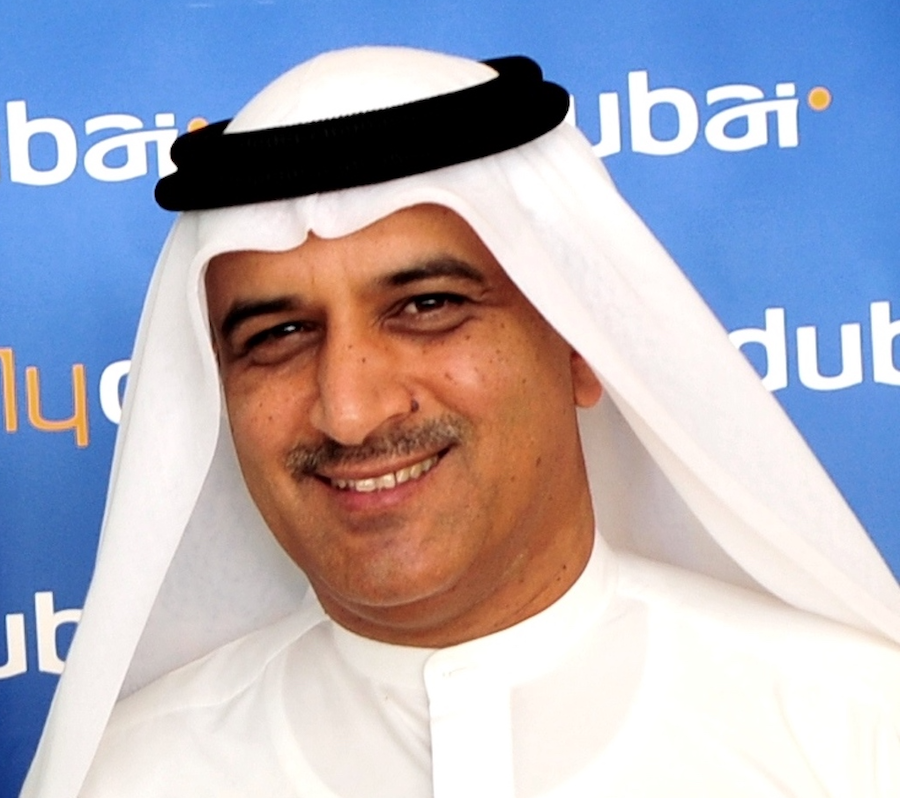
flydubai CEO Ghaith Al Ghaith.
Flydubai is lining up to issue a new RfP for narrowbodies later this year while working to adjust its network because of delays in Boeing new aircraft deliveries.
In a sharp rebuke to Boeing this week, the Dubai-based carrier said the U.S. OEM had told flydubai it would receive no further aircraft this year from its outstanding orderbook and had been given multiple short-notice reductions in the number of aircraft it would receive over the coming year.
Flydubai was therefore looking at whether it should cancel already-announced new routes or reduce frequencies on existing routes. It is these short notice changes that flydubai CEO Ghaith Al Ghaith finds most difficult to work with.
Speaking to ATW during the airshow, Al Ghaith said he had received three downward adjustments to the number of aircraft he would receive this year—late last year, in March and a week ago.
The number of aircraft the airline is scheduled to receive this year has dwindled from 12 to eight to four. No further aircraft will be delivered this year.
“We’re the people in front of the customers, not Boeing,” Al Ghaith said.
Boeing is one of many suppliers Al Ghaith visited at Farnborough.
Flydubai operates a fleet of Boeing 88 737s, comprised of 29 737-800s, 56 MAX-8s and three MAX-9s. It is still receiving MAXs from an order for 125 aircraft, and Al Ghaith said that the airline hoped to issue an RfP for an even larger number of narrowbodies later this year. The airline has not ruled out those aircraft coming from Airbus.
Flydubai is also scheduled to receive 30 Boeing 787-9s, starting in 2026, but “I personally expect that there will be further delays,” Al Ghaith said. He hinted that when the widebodies do start to arrive, they may incorporate a premium economy cabin, which would be new for the airline.
The 787s will be used mainly on longer-haul routes, further west into Europe, east into Asia and south into Africa. He sees Dubai increasingly being used as a hub for China-Africa travel because China’s increasing list of economic interests in Africa will fuel increasing numbers of business travelers, while tourism is also likely to expand.
“We have to create a balance in the network—east and west, north and south. We’re very excited that our stakeholder [the government of Dubai] has entrusted us to now go to a bigger radius and fly to more areas. That’s something we really value, it shows we are achieving the right expansion for our owners,” he said.
Al Ghaith is also enthusiastic about the fast-expanding Saudi Arabian market: “We already fly to a number of regional airports in Saudi. I think there will be more … because what’s happening in Saudi Arabia is so exciting.”





